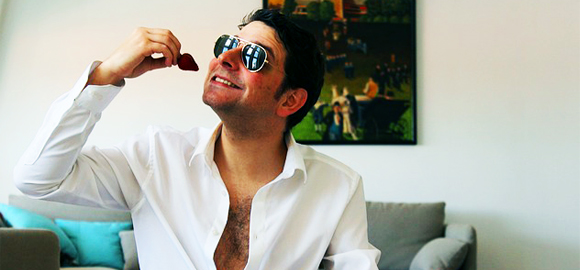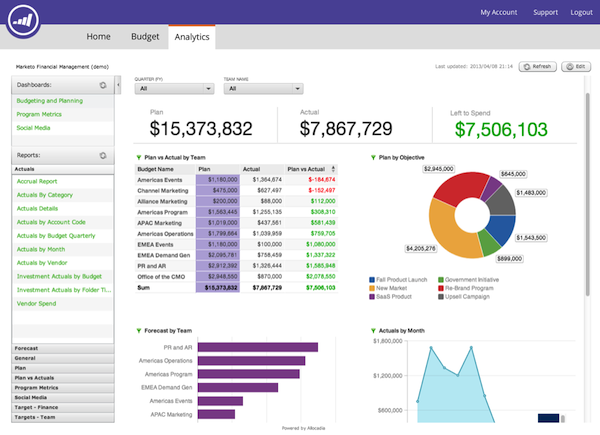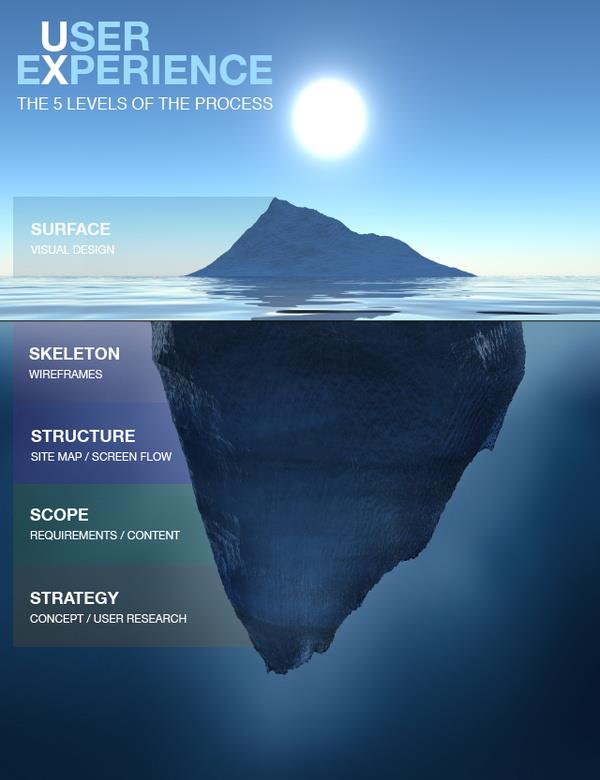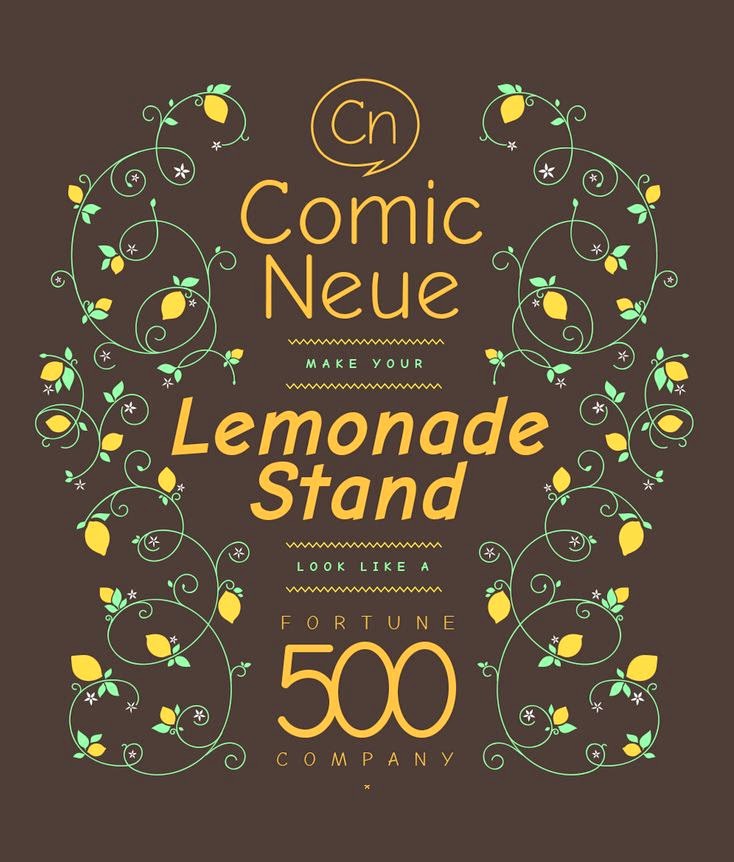
The customer is always right.
If we translate that sentence into UX jargon, it would be: The user is always right.(Yes OK granted, the user of a website/app may not always be right… But if you have worked in the restaurant industry, then you are fully aware that many-a-time the customer is not always right either. So please bear with me while I ramble on)
What can the UX discipline learn from the hospitality industry?
Well it’s all in the attitude towards customers regardless of the situation. A restaurants goal is to ensure a positive enjoyable dining experience with them, which runs parallel with the ultimate UX goal of ensuring a smooth, easy-to-use and intuitive system.
Let’s take a look at what happens in a restaurant from the perspective of the customer. You might be sitting in a restaurant and the item you ordered wasn’t what you got. Your steak arrived without the well-needed steak knife to cut it with. You noticed that you were wrongly charged on the bill at the end. The restaurants’ modus operandi in every situation would be to always take the blame and provide a plausible solution, all while continually aiming to decrease any inconvenience for the customer. Sometimes waiters will even draw a smiley face on receipts, thanking the customer for dining with them in order to further ensure a positive experience. Those same best practices apply to usability as well, and here are some examples of how.
- If a user enters data correctly, give them a smiley face or a check. Maybe even a green check. Personally I find green checks next to my validated input fields incredibly satisfying but I might be a tad bit geekier than most people.
- If the user enters data incorrectly, then the UI should help them, guide them. And most importantly, never direct blame to the user. How frustrating would that be?
- Avoid warnings and errors where you can… they are like the last resort of usability issues. In the restaurant scenario, a big red error message would be the equivalent of a waiter coming back to a customer explaining that unfortunately they can’t fix take the wrongly charged items off the bill. Not a good feeling for the user.
- If the system is taking a while to respond then give the user a status update, like a progress bar. One of Nielsen Normans Usability Heuristics is to ensure visibility of system status by always keeping the users informed about what is going on, through appropriate feedback within reasonable time. Back to the restaurant example: If my food is taking a while to be made then I would expect the waiters to keep me updated and let me rest assured that it is on it’s way. If I order that delicious chocolate fondant on the menu then I would expect the waiter to let me know that it will take up to 15 minutes to prepare. Visibility of system status.
In terms of customer experiences, UX can learn a lot from the best practices in the hospitality industry. They’ve got it right. Make the user feel like that happy customer in a restaurant, avoid inconveniencing them at all costs and you will be moving towards a positive experience for the user.
Tags: Experience Design, Service Design














Very nice perspective, I am really grateful for this! I especially like that warnings should be the last resort, I really hate when I am not even finished a form and all I see are errors 🙂
Thanks for sharing this! It was very helpful.